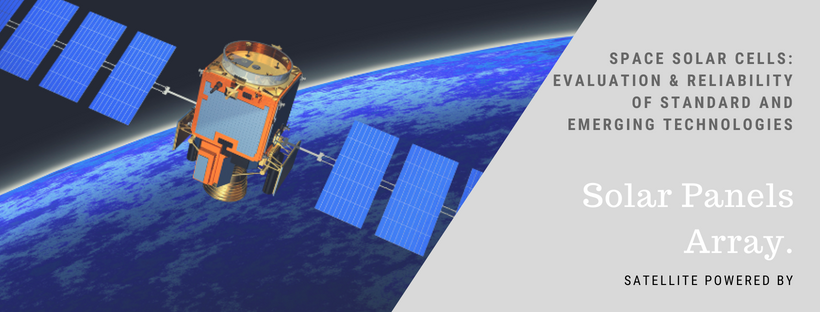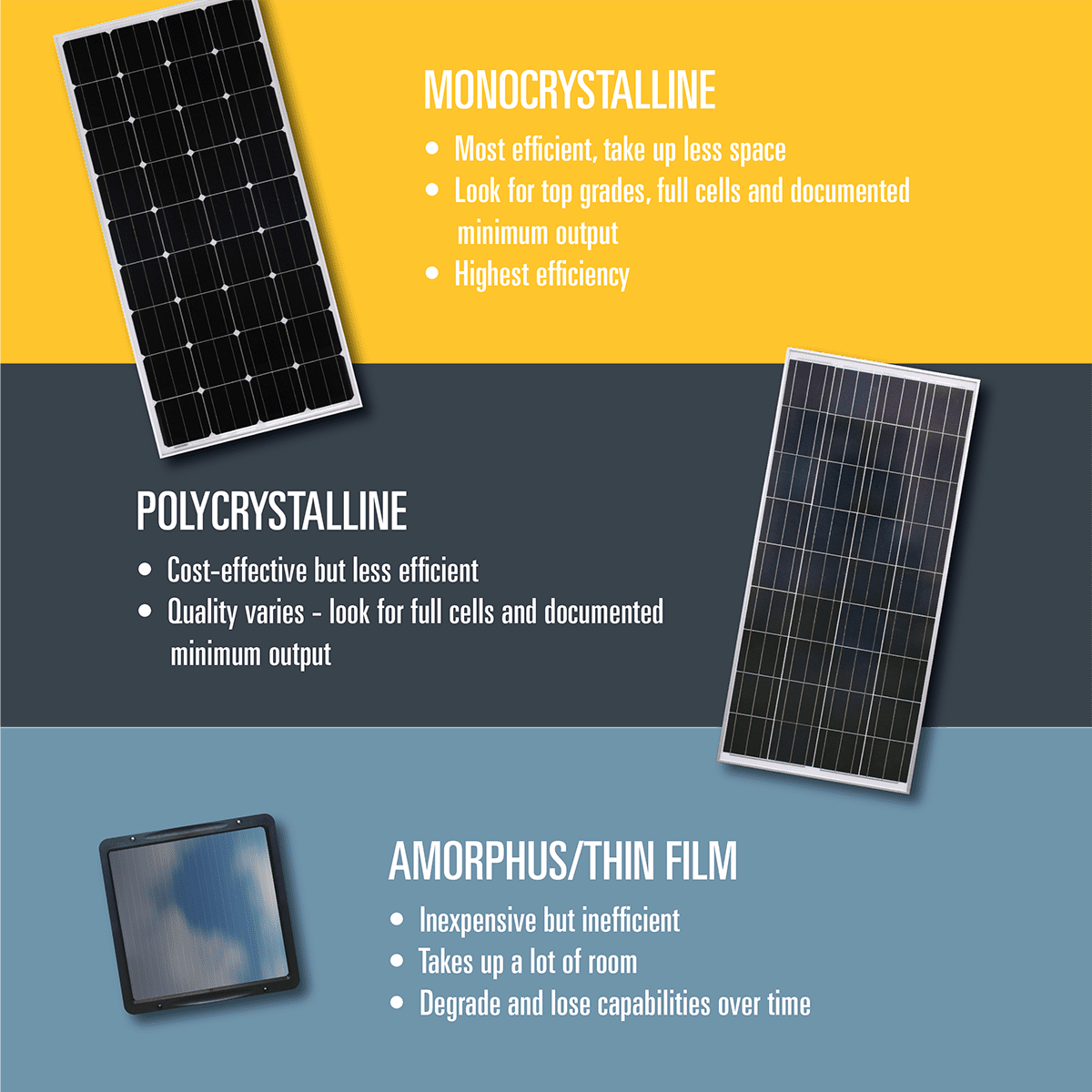Over time solar panels lose their ability to absorb sunlight and convert it into solar energy due to factors such as hotter weather and the natural reduction in chemical potency within the panel.
Solar panel degradation in space.
Performance declines as solar cells experience degradation due to unavoidable circumstances like uv exposure and weather cycles.
Solar panels will experience efficiency degradation over time as a result of these types of radiation but the degradation rate will depend strongly on the solar cell technology and on the location of the spacecraft.
Financially degradation of a pv module or system is equally important because a higher degradation rate translates directly into less power produced and therefore reduces future cash flows.
The use of a solar cell in space requires knowledge of the degradation of current voltage i v characteristics under light illumination.
The lower the degradation rate the better the panel.
This degradation is illustrated by the decrease of the maximum power pm short circuit current jsc and open circuit voltage voc induced by the interaction with energetic particles present in space.
1 the nominal degradation curve over the product life in space.
The method for predicting solar cell degradation in space radiation environments developed recently at the us naval research laboratory nrl is compared in detail with the earlier method developed.
At the moment there are 2 unknowns unproven parameters of.
With borosilicate glass panel coverings this may be between 5 10 efficiency loss per year.
Measured degradation rates are compared with those predicted by the computational tool space and prior degradation rates measured with the same saw technology on the mir space station.
Initial results show that the measured saw short circuit current is degrading 0 2 to 0 5 percent per year.
One way solar panel degradation happens is through microcracks that form in the silicon of the solar cells.
These small cracks cause electrical connections to deteriorate meaning there are fewer paths for those electrons from the sun to take and thus less energy goes to your inverter and into your home business or farm.
Although crystalline solar power panels are often sold with 25 to 30 year lifespan guarantees those 30 year old modules won t be performing as well as they did on day 1.
Furthermore inaccuracies in determined degradation rates lead directly to increased financial risk.














































.jpg)

